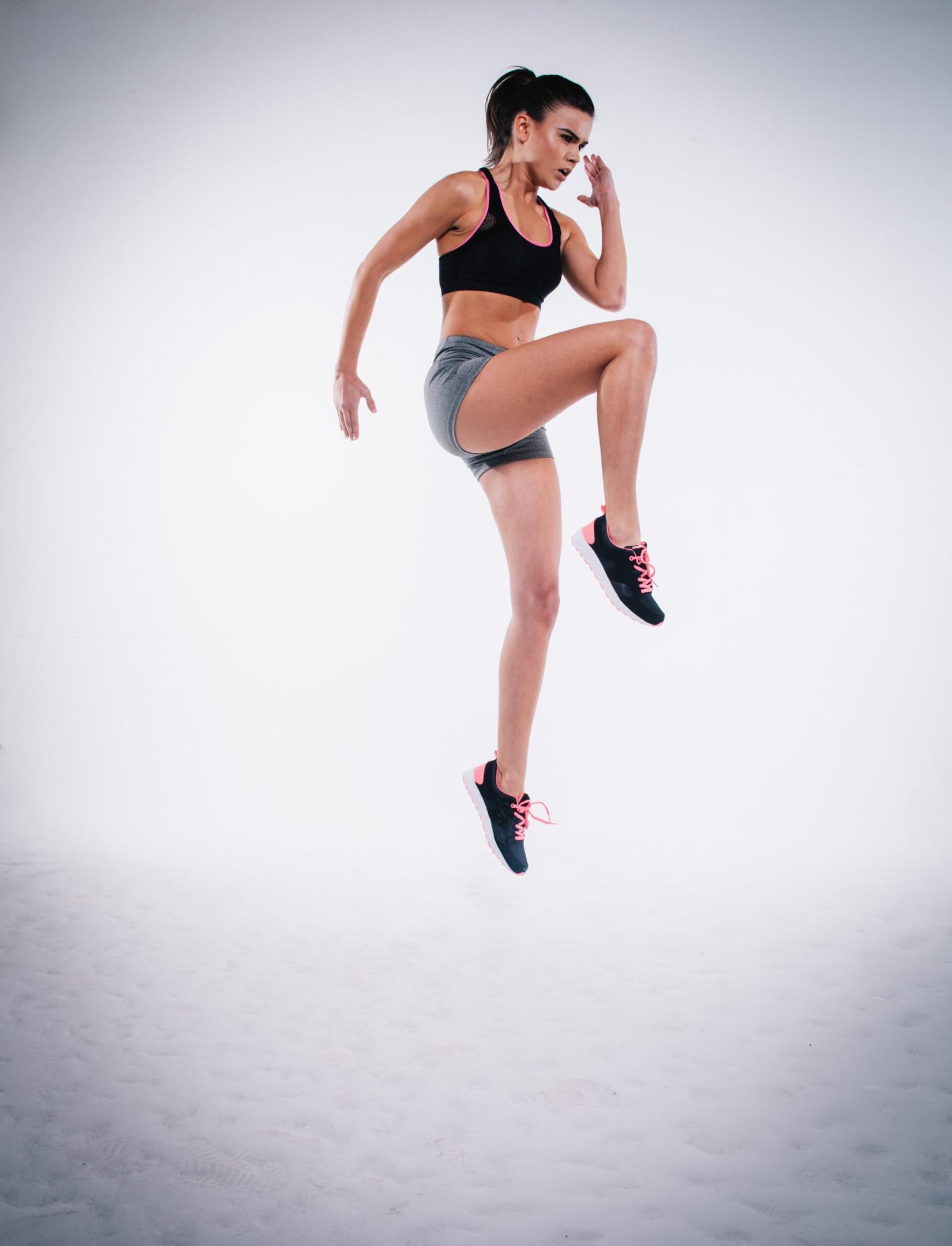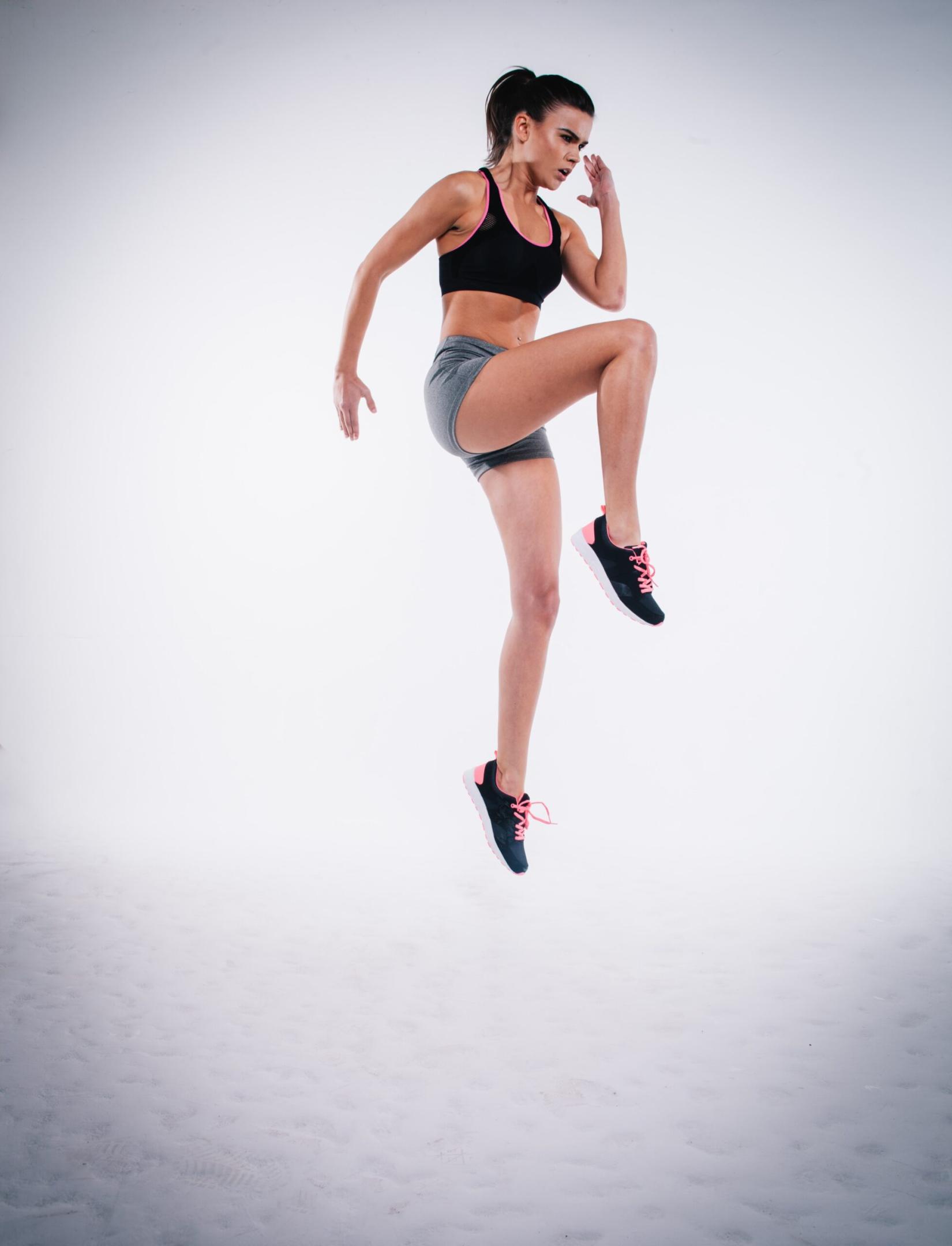Barefoot running has gained popularity in recent years as a way to improve running form and reduce injuries. Advocates claim that running without shoes allows for a more natural stride and strengthens the feet and lower legs. However, there are both pros and cons to consider before ditching your running shoes.
The Pros of Barefoot Running
1. Improved Running Form: Running barefoot encourages a forefoot or midfoot strike, which can lead to a more efficient and natural running gait. This can reduce the impact on joints and muscles, potentially lowering the risk of injuries.
2. Strengthening of Feet and Lower Legs: When running without shoes, the muscles in the feet and lower legs have to work harder to provide stability and absorb shock. Over time, this can lead to stronger muscles and increased foot strength.
3. Enhanced Proprioception: Barefoot running allows for better proprioception, which is the body’s awareness of its position and movement. This improved sensory feedback can help runners make adjustments in real-time, leading to better balance and coordination.
The Cons of Barefoot Running
1. Increased Risk of Injury: While barefoot running can potentially reduce certain types of injuries, it can also increase the risk of others. Without the cushioning and support of running shoes, the feet are more susceptible to cuts, bruises, and puncture wounds. Additionally, the lack of arch support can lead to issues such as plantar fasciitis.
2. Adaptation Period: Transitioning to barefoot running requires a gradual adaptation period. The muscles and connective tissues in the feet and lower legs need time to adjust to the increased workload. Going too fast or too far too soon can result in overuse injuries.
3. Limited Terrain: Barefoot running is best suited for certain types of terrain, such as grass, sand, or a soft track. Running on hard surfaces like concrete or asphalt can be uncomfortable and increase the risk of injury.
Conclusion
Barefoot running can have its benefits, such as improved running form, stronger feet and lower legs, and enhanced proprioception. However, it is not without its drawbacks, including an increased risk of certain injuries and the need for a gradual adaptation period. Before deciding to go barefoot, it’s important to weigh the pros and cons and consider factors such as terrain and personal foot health. Ultimately, the choice of whether to run barefoot or with shoes is a personal one that should be made based on individual preferences and goals.




